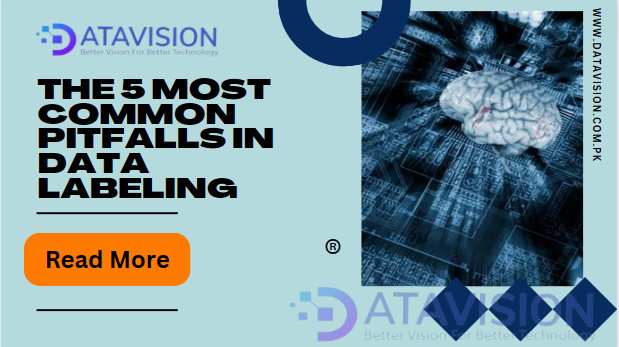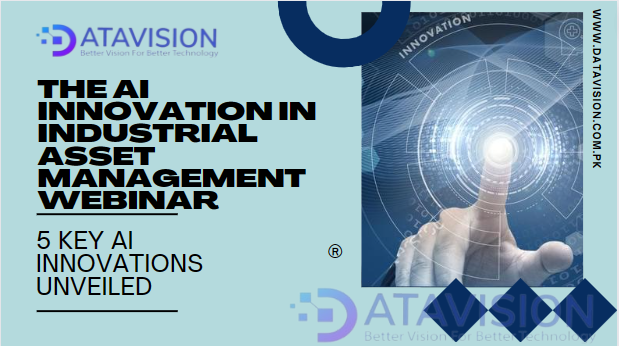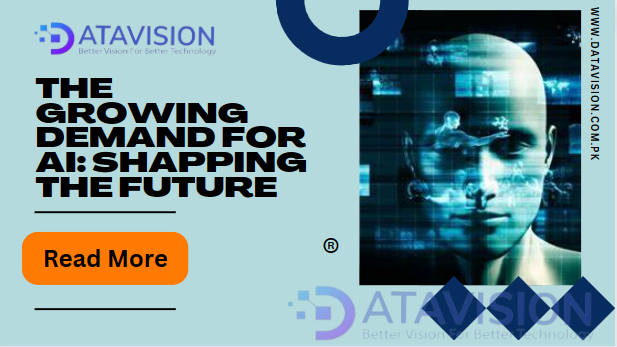In the realm of industry, ensuring the safety, efficiency, and functionality of machinery and equipment is paramount. Traditional methods of industrial inspections have often been time-consuming, resource-intensive, and occasionally prone to human error. However, a transformative technology is changing the landscape of industrial inspections: Digital Twin technology. This innovation has the potential to revolutionize the way inspections are conducted, providing real-time insights, predictive maintenance, and enhanced operational efficiency. In this blog, we will delve into the world of Digital Twins and explore how they are improving industrial inspections across various sectors.
Understanding Digital Twin Technology
A Digital Twin is a virtual representation of a physical object, process, or system. It’s created by combining real-time data, sensor inputs, and advanced modeling and simulation techniques. This virtual replica provides a comprehensive view of the physical entity’s behavior, performance, and condition, allowing for in-depth analysis and predictions.
Improving Industrial Inspections
- Real-time Monitoring: Traditional inspections often involve periodic checks, leaving room for undetected issues between inspections. Digital Twins enable continuous real-time monitoring of equipment, machinery, and processes. This proactive approach allows for the immediate detection of anomalies, malfunctions, or deviations from optimal performance.
- Predictive Maintenance: One of the most significant benefits of Digital Twins is predictive maintenance. By analyzing historical and real-time data, these virtual replicas can predict when maintenance is required, optimizing downtime and reducing the risk of unexpected breakdowns. This shift from reactive to proactive maintenance can save significant costs and resources.
- Risk Reduction: Digital Twins allow for testing different scenarios in a virtual environment before implementing changes in the physical world. This risk-free experimentation minimizes the potential for accidents, operational disruptions, and expensive mistakes. Industries like manufacturing and energy production can greatly benefit from this approach.
- Remote Inspections: Digital Twins facilitate remote inspections and assessments. Experts can monitor and analyze equipment from a distance, eliminating the need for on-site presence and reducing travel expenses. This feature proved crucial during the COVID-19 pandemic when physical access to industrial sites was limited.
- Optimized Performance: Through ongoing data collection and analysis, Digital Twins offer insights into how to optimize the performance of equipment and processes. Fine-tuning operational parameters becomes more precise, leading to increased efficiency and reduced energy consumption.
- Training and Simulation: Digital Twins serve as valuable training tools. New employees can familiarize themselves with complex machinery and processes in a safe virtual environment. Additionally, these twins enable simulation of different operating conditions, helping operators develop strategies for various scenarios.
Case Studies
- Aviation Industry: Aircraft manufacturers use Digital Twins to monitor aircraft health, predict maintenance needs, and optimize fuel efficiency. Rolls-Royce, for instance, employs Digital Twins to analyze engine performance data and provide insights for enhanced operations.
- Manufacturing: Automotive companies utilize Digital Twins to simulate production lines, ensuring maximum efficiency and identifying potential bottlenecks before they occur. This approach reduces downtime and enhances overall productivity.
- Energy Sector: Power plants leverage Digital Twins to monitor equipment performance, anticipate maintenance requirements, and optimize energy production. This has the potential to increase the reliability of the power grid and reduce downtime.
Conclusion
The integration of Digital Twin technology into industrial inspections marks a transformative shift in the way industries operate. With real-time monitoring, predictive maintenance, risk reduction, remote inspections, and performance optimization, Digital Twins are enhancing efficiency, safety, and sustainability across various sectors. As this technology continues to evolve, we can anticipate even more innovative applications and improvements in industrial inspections, setting the stage for a more reliable and efficient industrial landscape.




